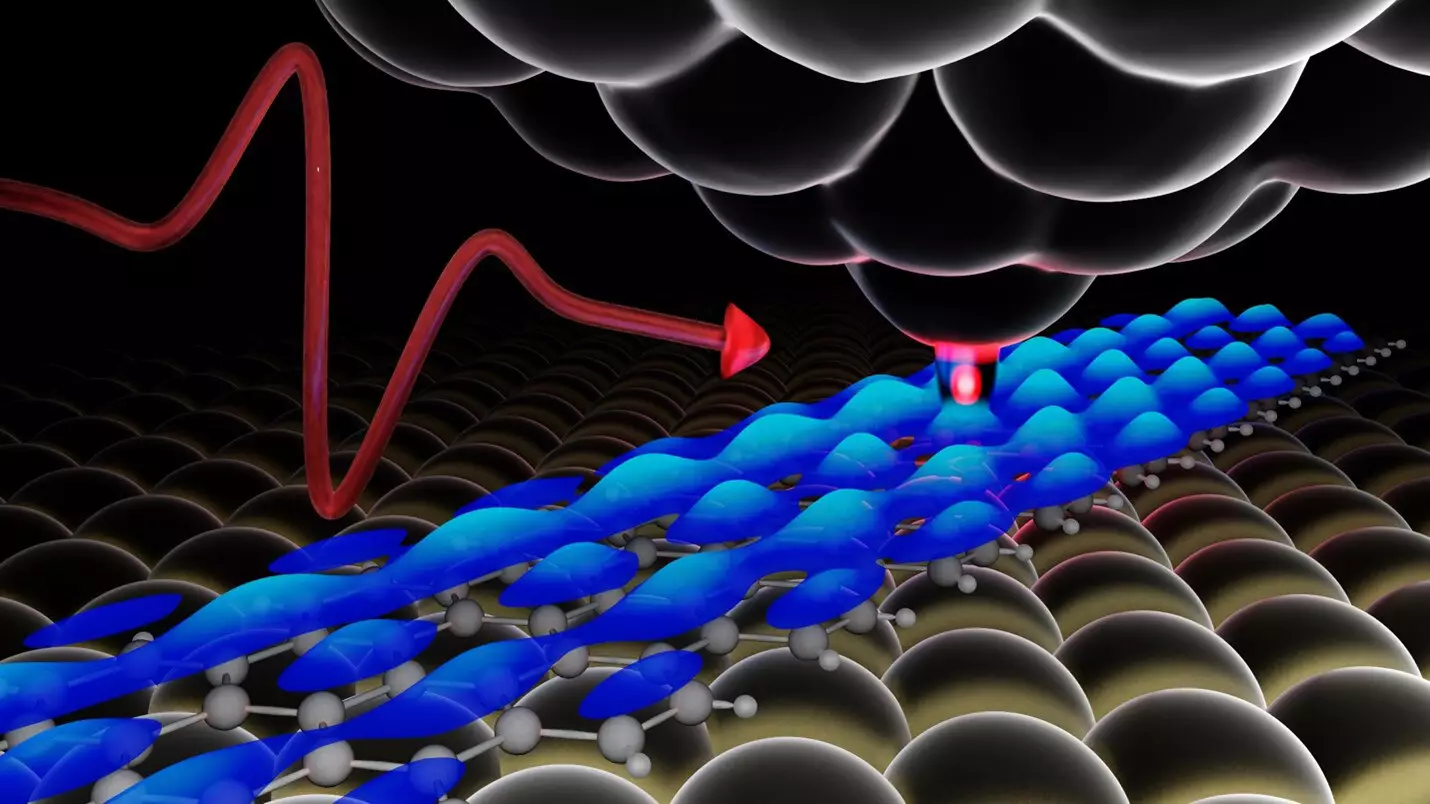In the world of ever-evolving electronics, one of the biggest challenges is to analyze the materials with intricate precision that make up these devices. A recent breakthrough by physicists at Michigan State University has introduced a novel approach to address this challenge, combining high-resolution microscopy with ultrafast lasers. The innovative technique, detailed in the prestigious journal Nature Photonics, allows researchers to identify misfit atoms in semiconductors with unparalleled accuracy.
The Importance of Defects in Semiconductors
Semiconductor physics refers to these atoms as “defects,” although they are purposely added to materials and play a crucial role in the functionality of semiconductors in current and future devices. These defects are particularly significant for components with nanoscale features, such as computer chips, which heavily rely on semiconductors with nanoscopic structures. In the pursuit of advancing nanoscale electronics, researchers are exploring materials that are merely a single atom thick. Understanding the behavior and precise location of defects is essential for ensuring the optimal functioning of electrons in nanoscale electronics.
The groundbreaking technique developed by Tyler Cocker’s team leverages scanning tunneling microscopes (STMs) to detect single-atom defects in semiconductors. Contrary to traditional microscopes, STMs do not magnify objects using lenses and light bulbs. Instead, they employ an atomically sharp tip to scan a sample’s surface, allowing electrons to tunnel between the tip and the sample. This unique approach provides atomic-level information about samples, which is why Cocker’s lab refers to it as nanoscopy.
In their recent study, Cocker and his team focused on gallium arsenide samples infused with silicon defect atoms to manipulate electron flow within the semiconductor. The silicon defect atoms act as obstacles for electrons, influencing their movement. While theoretical studies have extensively researched these defects, experimental detection of single atoms has been challenging until now. By integrating STMs with terahertz light pulses, the researchers devised a highly sensitive probe capable of identifying defects with unprecedented precision.
When the STM tip encounters a silicon defect on the gallium arsenide surface, a distinctive signal emerges in the measurement data, indicating the presence of the defect. This remarkable ability to pinpoint single-atom defects has far-reaching implications for semiconductor research and development. With this pioneering technique, researchers can delve deeper into the study of materials beyond gallium arsenide and explore new applications in defect detection.
Future Prospects and Collaborations
The successful implementation of this innovative approach has opened up new avenues for researchers worldwide to explore the realm of STMs and terahertz light. As Cocker’s team shares its findings with the scientific community, there is immense potential for further discoveries and advancements in semiconductor technology. The synergy between theory and experimental breakthroughs underscores the importance of collaboration and information sharing in driving innovation within the field of materials science.
The integration of high-resolution microscopy with ultrafast lasers has revolutionized the study of semiconductors by enabling the precise identification of single-atom defects. This breakthrough technique heralds a new era in semiconductor research, offering unprecedented insights into the behavior of materials at the nanoscale. As researchers continue to push the boundaries of materials science, the future holds promise for groundbreaking discoveries facilitated by interdisciplinary collaboration and cutting-edge technology.


Leave a Reply